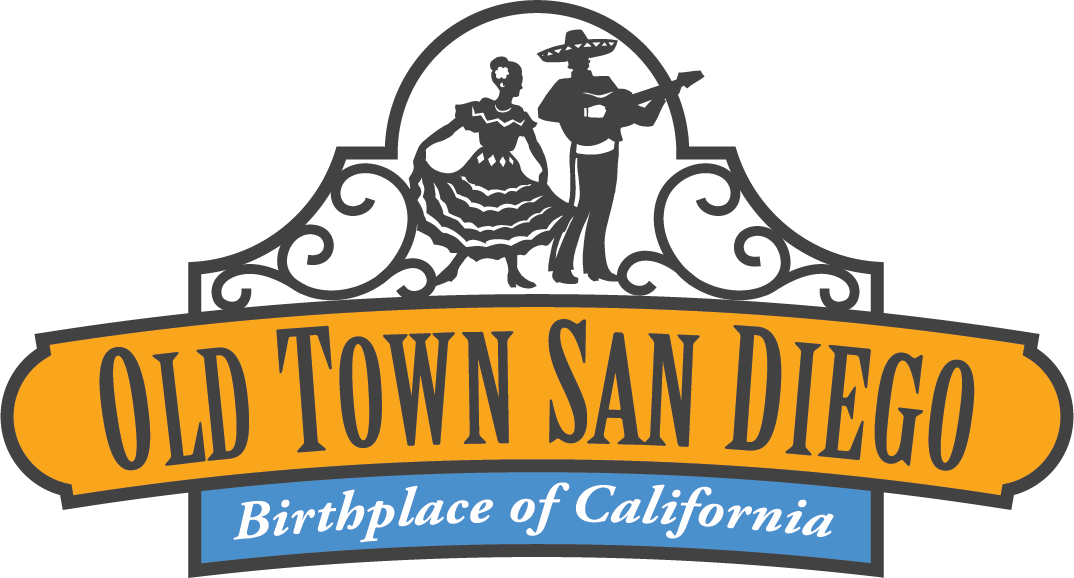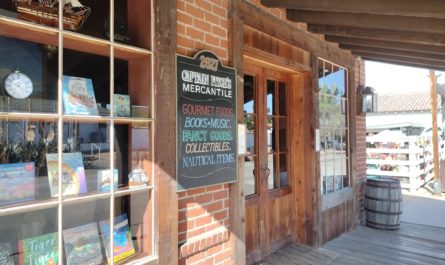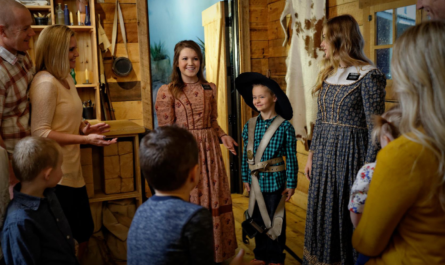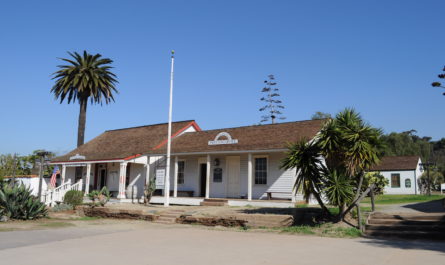Written and published by Victor Walsh, San Diego Coast District Historian II on March 12, 2002.
William Heath Davis, an American land speculator and promoter of New Town, once wrote:
During my long and intimate acquaintance with Californians, I have found the women as a class much brighter, much quicker in their perceptions, and generally smarter than the men. Their husbands oftentimes looked to them for advice and direction in their general business affairs. As a rule they were not much educated; but they had abundant instinct and native talent,…
The lives of the four Machado sisters featured in this month’s living history dramatization tend to confirm Davis’ observation. Juana de Dios (1814-1901), María Antonía Juliana (18151887), María Guadalupe (1819-1884), and Rosa María (1828-1893) were central and visible in the Old Town community. Living out the bulk of their lives around Washington Plaza, they maintained deep attachments to their families and to their Catholic faith. Two qualities stand out: They were steadfastly independent within the constraints of a rural, patriarchal society, and they established close relationships with blood kin and nonrelatives alike through a compadrazgo system of obligation and mutual respect.
The sisters were the descendants of hearty pioneer-soldier stock from Sinaloa in northwestern Mexico. Their father, José Manuel Machado, was a soldado de cuero (leatherjacket soldier), Spain’s elite mounted dragoons, who was promoted to company corporal while stationed at the San Diego presidio. As repayment for his military service, he was granted a plot of land near the San Diego River below the presidio. Here he built several simple mud-block 2 adobe cottages to accommodate his ever-growing family. His wife María Serafina Valdez had thirteen children, including two who died in childbirth.




